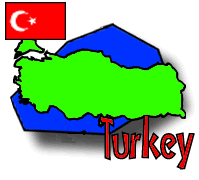Person of the Day: andrEa Siegl
Place of the Day: the Cistern!
Tech Fact of the Day: money crisis
Group Dispatch, March 3-4

- They bike faster - so she may be biking alone.
- Life will be more boring and strange without the security of another female.
- It'll be a challenge of personal strength, an opportunity, and "a real character builder."
- Life will be more boring and strange without the security of another female.
- Recreating one's life so unexpectedly would be very difficult.
- She would have to sleep on people's couches, until she could find some kind of job.
- The humiliation of going home early will be doubled by continual explanations.
- She would have to sleep on people's couches, until she could find some kind of job.
- No one to make tea for.
- No scratch-your-back wake ups.
- No more sharing emails from our dads.
- No one to ask, "What did you dream last night?"
- No comrade shooting threatening looks at gawkers.
- No more 2-minute insta-dance parties in the hotel room.
- No more deep talks about relationships in life and the world.
- No familiar shape just ahead or behind on the rest of the roads around the Sea.
- No scratch-your-back wake ups.
[The following is from Padraic and Ethan]
[The following is form Anthony]
Questions? Ask Corinne ![]() !
!
Return to Fast Facts
 |
 |
 |
 |
 |
|
Itinerary/ Journal |
Discussions |
About Turkey |
eDscape Projects |
Scrapbook |
|
|
|
|
|
|
Internet access while in Turkey has been provided by Raksnet. |
Copyright 1997-2004 BikeAbout. All rights reserved.

